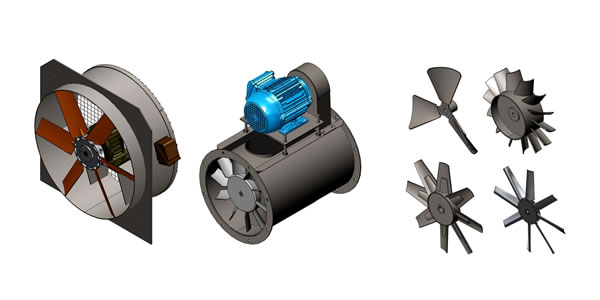We know sometimes things are all a bit too serious, so this issue we have decided to address the critical issue of industrial fan specifications and technical details with a touch of humour, but don’t be fooled. In reality this is most serious and important when it comes to specifying and ordering industrial fans.
- When ordering your fan just tell the supplier what air volume and pressure you want. Anything else, such as requirements for coping with materials, high temperatures or chemicals, should be none of their concern. If comparing quotes always go for the lowest price!
- If connecting your fan to duct work, pre-purchase (preferably online) the smallest diameter size of duct possible, to save money. The fan can easily be made to move any amount of air through the smallest duct. Possible increased noise levels, power consumption and system efficiency should be totally disregarded.
- Once you have your fan installed, never read the operation and maintenance manual – they are just a waste of time. Any information regarding service, maintenance and lubrication should be carefully filed away and promptly forgotten about. After all they don’t ever wear out right?
- Do not ever touch or listen to your fan. Unusual or harsh noises can be overcome by turning up the volume of the radio in the work area. If the fan has a vibration then leave it alone, anyhow, it was probably always like that.
- If you should ever replace the bearings (heaven knows why- they last forever!) then you should use the cheapest bearings available, don’t replace the housings and use unskilled labour, because that will be the cheapest way of doing the job. They should be able to do the job with a screwdriver and a hammer, so you don’t have to buy any specialist tools.
- Finally, to make sure your fan really is a failure, be sure to purchase the cheapest possible fan available, because life cycle, maintenance and running costs should be someone else’s problem.


